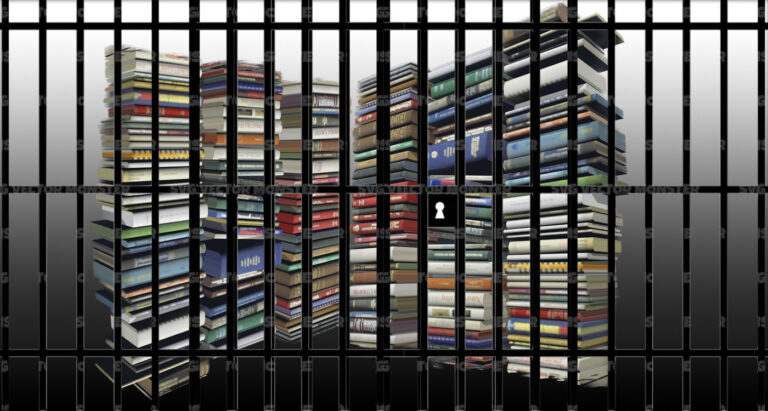
The Rise of Cockatoo Island
BY JASMINE MCLENNAN
Cockatoo Island’s rich history is being brought into the picture as the island forges into new territory as a tourist, business, and events location, and is the setting for Hugh Jackman’s newest film Wolverine.
It’s all go on Cockatoo Island this year, after being uninhabited for two decades. It will host to a number of events in the Biennale Arts festival in Sydney from 18 June to 7 September, as well as other writing and arts events later in the year.
Guided tours have begun and kayaking trips will commence this year.
Cockatoo Island’s history starts as an Aboriginal meeting place for the Five Islands Tribe and a collection of tribes in the wider Sydney area. After colonization in 1839 a Prison was established which housed the roughest of the rough in brutal conditions.
From 1871 to 1911, after the prisoners were relocated to Darlinghurst Gaol, the island was used as a reformatory for juvenile delinquents, prostitutes and orphans.
From 1913, Cockatoo Island became a maritime centre and was the biggest shipbuilding dockyard in the south-west Pacific in WWII.
After the federal government vacated the island in 1992, the Aboriginal Tent Embassy began the fight to reclaim the island under ‘terra nuillus’. Biloela, or Black Cockatoo, is their sacred title for the island. A western statue with the word still stands today under the frangipani trees today.
Due to high levels of lead, copper, hydra carbons, cyanide and asbestos around the island, a $40 million detoxification was necessary.
Now, The Sydney Harbour Federation Trust manages the island it’s now heritage listed.
Cockatoo Island’s first taste of entertaining was in 2005, when it hosted a large festival that attracted record crowds.
While it holds a blackened past, Cockatoo Island carries an optimism and charm that will win you, and many tourists, over.









